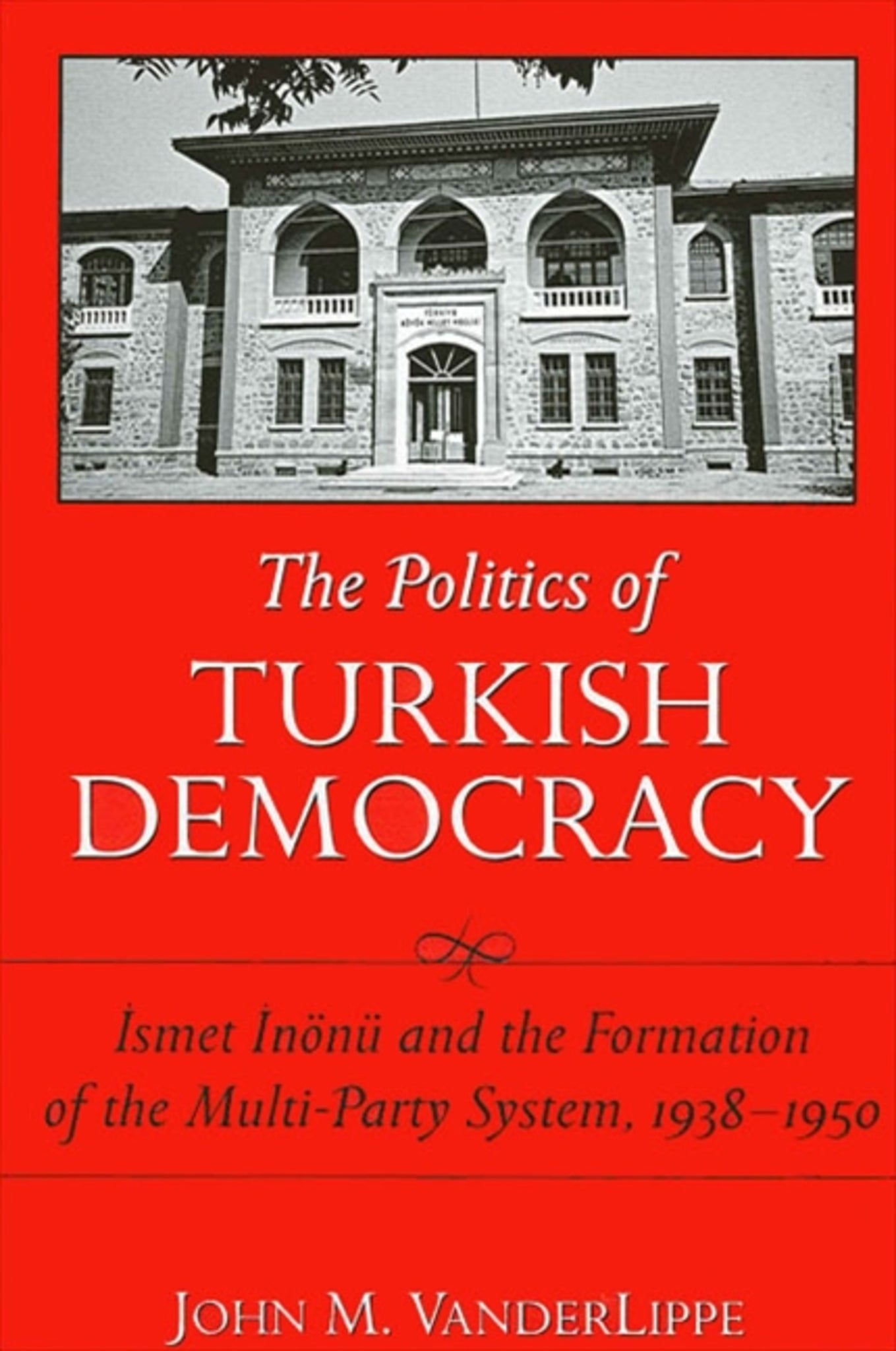We're sorry. An error has occurred
Please cancel or retry.
The Politics of Turkish Democracy

Some error occured while loading the Quick View. Please close the Quick View and try reloading the page.
Couldn't load pickup availability
- Format:
-
01 June 2006

The history of Turkey's difficult transition to a multi-party political system.
One of the most significant yet least known periods of modern Turkish history is that of Turkey's second president, İsmet İnönü. Following the death of Mustafa Kemal Atatürk in 1938, Turkish politicians and intellectuals struggled to redefine Kemalist notions of modernity and democracy, Islam and secularization, the role of the state, and Turkey's place in the world. The Politics of Turkish Democracy examines İnönü's presidency (1938–1950), which developed amid the crises of World War II and the Cold War, global economic and political transformation, and economic and social change within Turkey. John M. VanderLippe analyzes the political discourse of the era and argues that İnönü was a pivotal figure who played the decisive role in Turkey's transition to a multi-party political system.


Acknowledgments
Introduction: Ismet Inönü and Multi-Party Politics in Turkish History
1. Political Discourse and Reform in Turkey
2. The Election of Ismet Inönü as President: Kemalist Hegemony and Alternative Definitions
3. War at Home, War Abroad: New Terms of Domination
4. New Alliances and Demands for Change
5. The Emergence of Organized Opposition
6. Post-War International Tensions, and the Expression of Opposition
7. The Emergence of the Democrat Party: The Challenge, and Limits, of Organized Opposition
8. The Confines of the Cold War and the Redefinition of Kemalism
9. Multi-Party Politics and the Defeat of Democracy
Endnotes
Bibliography
Index



